Because my passion is for First 4 Figures and F4F tends to be an entryway into the statue collecting world, a few people suggested I write up an article giving some starter tips to new statue collectors regarding where to buy sold-out statues, how to determine what they’re “worth”, and the safest ways to pay for them. I live to serve the collecting sphere, so I was happy to oblige with this quick and simple Beginner’s Guide to Buying Statues on the Aftermarket…
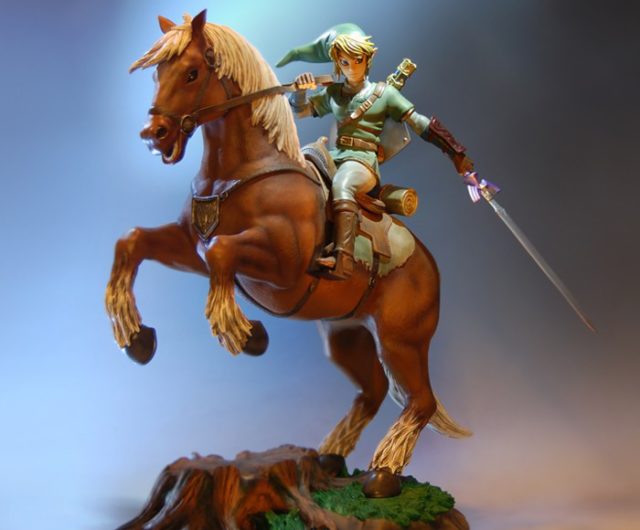 “What’s a ‘Sold Out’ statue? Can’t I just wait for the next reissue?”
“What’s a ‘Sold Out’ statue? Can’t I just wait for the next reissue?”
Okay, so first thing’s first. This comes as a shock to many people who are new to collecting or used to buying open edition PVC figures and statues, but almost all high-end resin statues made today are a strict limited edition. What’s that mean? It means that an edition size is set for a specific statue, and once that number has been produced and sold, that exact statue will never be reissued again.
For example, the First 4 Figures Legend of Zelda Link on Epona Statue has an edition size of 2500 pieces. Those 2500 pieces were produced and sold out years ago, and thus, that Link on Epona Statue is no longer available directly from First 4 Figures or other stores that they distribute to. It’s now only available from the “aftermarket”. And that brings us to…
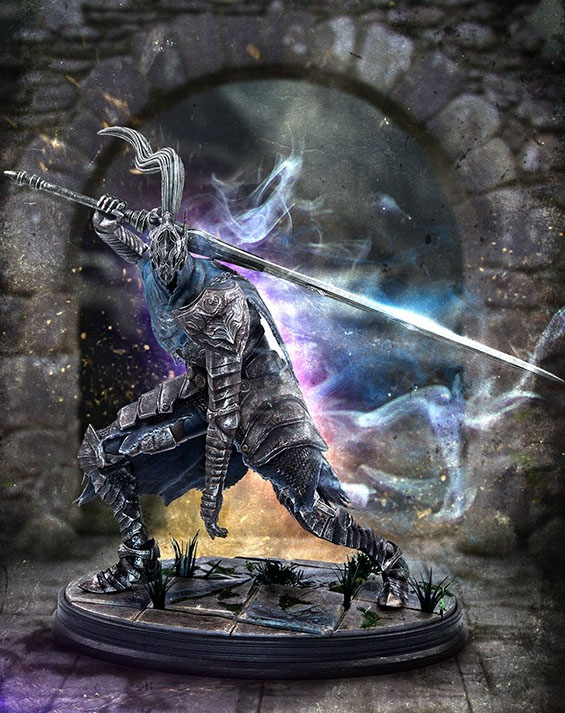 “Where Can I Buy Sold Out Statues?”
“Where Can I Buy Sold Out Statues?”
If you’re going to buy sold-out statues on the aftermarket, then there’s no question at all that the safest place to purchase from is eBay. Whether your Dark Soul Artorias Exclusive statue is lost in the mail and never arrives, Artorias is damaged during shipping, or the seller described the item inaccurately (purposely or not), the eBay Buyer Protection Program Money-Back Guarantee has you covered.
Basically, if the item you purchased never arrives or doesn’t come in the condition shown/stated in the listing, eBay will get you your money back every single time. If you have an issue like this, you just select Return/Item Not Received on the listing where you purchased the item to contact the seller, and eBay will make sure the case is resolved within 3 days. Easy-peasy!
But what if you don’t want to buy through eBay or the item that you want to purchase isn’t there? Good question! In that instance, you’re likely going to want to start searching for the statues you’re looking for on forums and social media sites like Facebook.
Because First 4 Figures isn’t a huge name in the statue collecting world (yet), this can often be a more effective way of finding rare F4Fs that you’re looking for. But when you’re buying statues directly from folks over social media, there are a few additional safety tips you really need to keep in mind since you’re not protected by eBay’s Buyer Protection Program.
The first safety tip I have is that you never want to buy a “sealed” statue that’s never been inspected or photographed, as that statue could have any kind of damage before it’s ever even begun its voyage to you. The last thing you want to deal with is receiving a shattered statue and having to go through a return unnecessarily. In addition, it’s always advisable to ask your seller for references within the social media group so you can see that they’re an upstanding seller with a good reputation.
But there’s another thing you need to be aware of that’s far more innocuous at first glance…
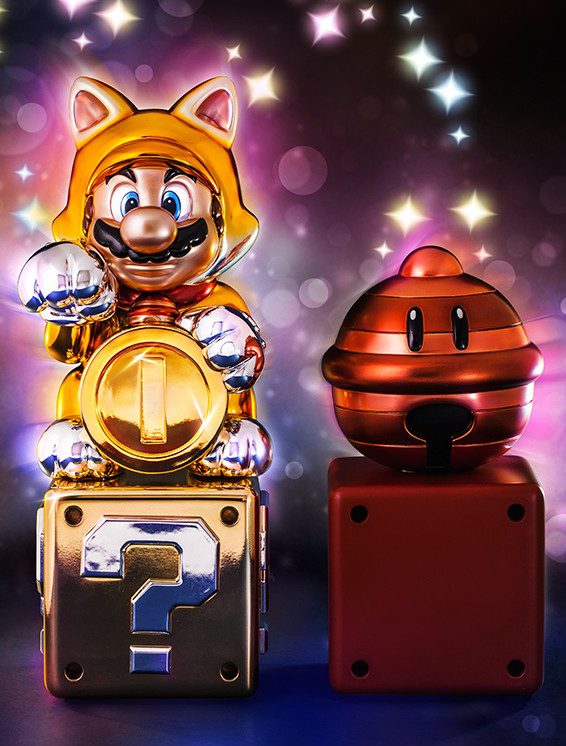 “What’s this PayPal Friends and Family thing and why should I NEVER use it to buy statues?”
“What’s this PayPal Friends and Family thing and why should I NEVER use it to buy statues?”
Oftentimes on social media, you’ll see sellers list their asking price and then say that there’s an additional fee on top of that price if payment isn’t made via PayPal Friends and Family payments. As you might expect from the name, Friends and Family payments are something PayPal enabled so that friends/family can send money back and forth between each other instantly and easily using their bank accounts and PayPal balance.
As always, people have exploited this system is order to get “fee-free” payments for merchandise like statues, rather than having to pay the usual 2.9% + 30 cents USD fee for each transaction. While on the surface using this loophole to save a couple bucks might seem to be a good idea (you could save about $45 in fees by paying for a $1,500 Lucky Cat Mario statue via Friends and Family payments!), I don’t recommend Statue buyers do so ever.
The big downside to Friends and Family payments is that, since you’re not (supposed to be) making a purchase of an item, you are NOT covered by the PayPal Purchase Protection for Buyers policy. This is a big deal, because it means that as soon as you’ve sent the seller money via Friends and Family, you have no guarantee you’ll ever see anything in return for that money and PayPal cannot and will not help you get your money back.
I’ve seen scammers steal money in the collecting world not hundreds, but thousands, of times using the method of tricking buyers into paying via Friends and Family payments. It’s just not worth it to risk hundreds of dollars to save a couple bucks.
…But that’s not all! If the seller sends you a broken statue or a rock in the mail, you are recourse-free and can’t do anything to get your money back because you paid via Friends and Family. Even if the seller seems to have good references, it’s just never worth the risk paying via F&F unless it’s to someone you know and deeply trust.
In addition, PayPal is starting to get wise to this trick of people trying to exploit the system, and there have been reports of them shutting down and/or restricting accounts that are abusing Friends and Family payments. Obviously no one wants PayPal cracking down on them, so you’re better off only using Friends and Family payments for their intended purpose: namely, paying Friends and Family.
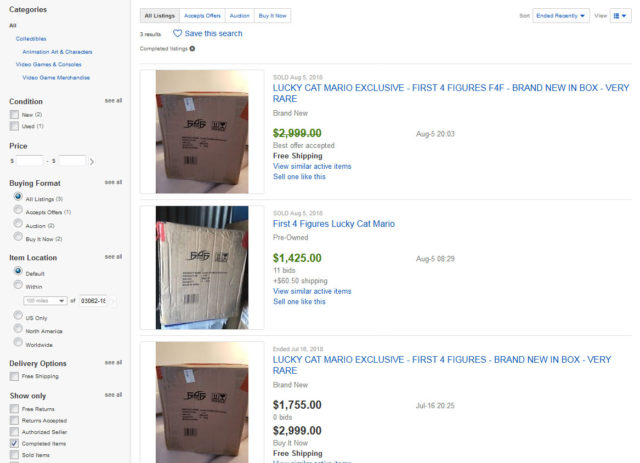 “But How Do I Know What The ‘Value’ of a Statue Is?”
“But How Do I Know What The ‘Value’ of a Statue Is?”
This is perhaps the most difficult question to answer, as what a Statue is “worth” (or its “value”) is basically “whatever someone is willing to pay for that statue”.
How can you determine a statue’s value (sometimes referred to as the “market price”)? Well, the easiest and most reliable way of determining what a statue is selling for on average is to look at the largest database of sold listings in the world: eBay Completed Listings.
While the eBay Completed Listings searches only go back a few months, you can easily see every selling price (besides Best Offers) that any specific statue has sold for during the last few months.
To view the Completed Listings on eBay, simply type the item you’re looking for into the search field as always, and then click on the “Completed Items” checkbox in the filter. Voila! You can now see what every completed listing for that item sold for in the last several months.
Furthermore, you can also see the unsold completed listings. Why is this information valuable? Because it’s almost as worthwhile to see what prices are too much to pay for an item as it is to see what other folks are actually paying that item.
The perfect illustration of all this is in the screenshot I posted at the start of this section for the F4F Lucky Cat Mario statue. You can see where I checked the “Completed Listings” box, and also the closing price for all three recent ones that were for sale.
One Lucky Cat Mario sold for $1,425 + shipping; one was listed for $2,999 shipped but sold for an unknown best offer which was accepted by the seller, and one was listed for $1,755, but received no bids and did not sell. Based on these statistics, we can determine that the “market price” for Lucky Cat Mario is loosely somewhere in the range between $1,300 and $1,700, with $1,425 being the only recorded price that one definitely sold for.
So if you see that the only Lucky Cat Mario statue currently listed for sale is priced at $2,499 or best offer (as is actually the case right now!), you can determine that the statue is likely not “worth” $2,499 and that any offer you make should probably be around $1300 or up for the best chance of being accepted by the seller.
It’s also worth noting that because sellers pay a 10% fee when selling on ebay, the “market price” of items sold on social media sites should ideally be about 10% less than items sold on ebay. It doesn’t always work that way because sellers want the maximum they can get for their items, but that is the ideal.
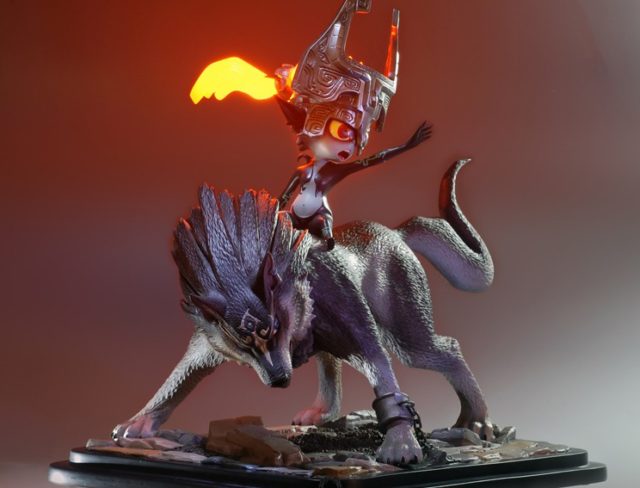 …And that’s all for this first edition of A Beginner’s Guide to Buying Sold-Out Statues! Hopefully you now feel just a little bit better-equipped and more confident regarding what Sold-Out Statues are, where and how to buy them, and how to determined the current market price for these coveted pieces!
…And that’s all for this first edition of A Beginner’s Guide to Buying Sold-Out Statues! Hopefully you now feel just a little bit better-equipped and more confident regarding what Sold-Out Statues are, where and how to buy them, and how to determined the current market price for these coveted pieces!
What other questions do you have that I should have (but didn’t) answer here, and is there anything in this guide that’s confusing to you or that you’d like clarified/elaborated upon?
